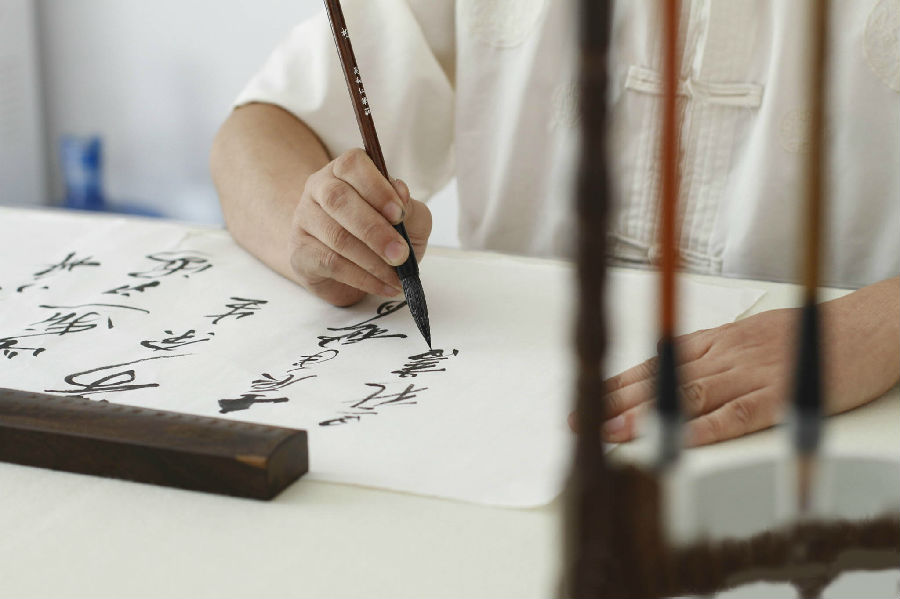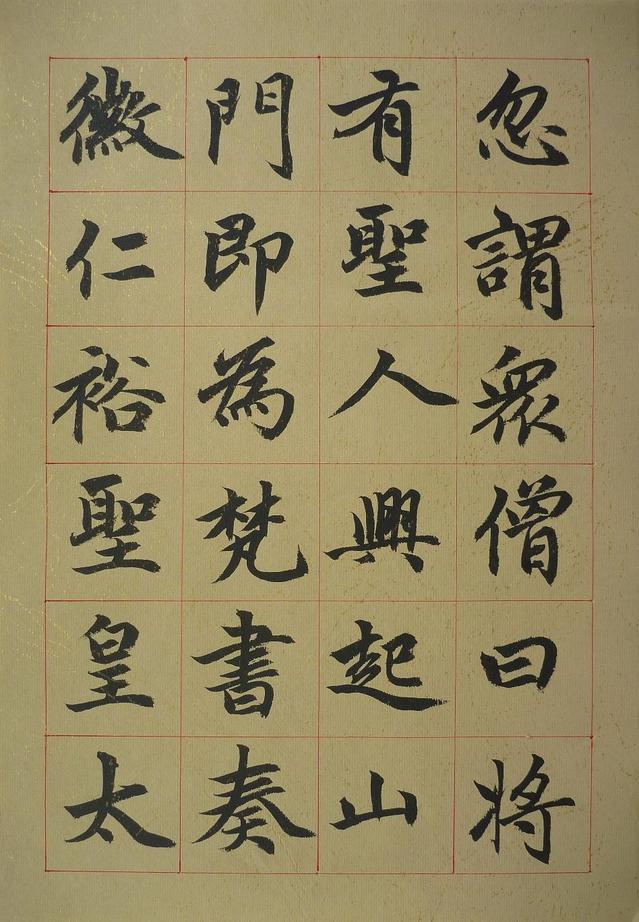
In this article, we will talk about a somewhat strange question, but I believe everyone will be curious about it, which is: What is the minimum amount of practice required to learn calligraphy or become a calligrapher? We might as well put aside other aspects of learning for now and simply talk about "average daily practice volume".

Anyone who practices calligraphy knows that Zhao Mengfu is the most diligent and diligent calligrapher in history. He has a beautiful saying that he "learns ten thousand words a day", but when he thinks about it, it is impossible to write regular script with "ten thousand words a day". Generally, we only write regular script every minute. I can write 3 regular characters, and the fastest is Xingkai, which is 4 to 6 characters. One hour is 200-300 words. If calculated based on 12 hours a day, I can only write 3600 words at most. In fact, it is impossible to write every day. I have 12 hours to write, and I feel like a writing robot.

As a true calligrapher, although he cannot teach 10,000 words a day, the amount of writing practice is also very considerable. Let’s do some calculations together. A calligrapher who can create freely must master at least 3,500 characters of a font. The basic writing methods of commonly used characters will be doubled if you know one more font. In creation, repeated words cannot be written in only one way. You have to be able to change them, so you have to write multiple words. Just like the word "Zhi" in "Lanting" has 20 ways of writing, if each word is written on average To master 3 different writing methods, you need to be able to write 3500*3=10500 words in one font. Each word needs to be practiced an average of 20 to 50 times, so the amount of practice is 210000 to 525000 words. If you can write 200,000 to 500,000 words in fonts, knowing two fonts will amount to a million words of practice (many people use the number of years of practice as a measure, which is unscientific. Years are too inaccurate, and "year" has become a problem for some people. Let’s put the measurement unit of seniority. Let’s measure science by the amount of practice. Some people complete this 500,000 practice amount in three years, and some people may never write so much in their lives.) This is already quite considerable, and it needs to be written on paper. Drop more than 10,000 pieces.
Beginning calligraphy enthusiasts will immediately find that this algorithm is one-sided, because there is no absolutely direct relationship between calligraphy and the number of exercises, and of course there are many, many factors that affect the success of calligraphy. However, the greatest significance of this data is that diligent copying and calligraphy practice are the only way to learn calligraphy. In other words, you cannot become a calligrapher without a lot of practice (of course, "quack calligraphers" can call themselves calligraphers even if they don't copy and practice calligraphy very much)

Going back to just now, we said that simply taking the "average daily volume" view is one-sided. Because even if you practice millions of calligraphy, you may not be able to achieve positive results. why? Just like memorizing 8,000 English words and phrases but still not knowing how to write in English or translate between English and Chinese, calligraphy works are not a simple pile of words. The wonderfulness of each word does not mean the overall beauty. All words must be organically combined according to rules and regulations, and the same The way to write words is different when they are placed here or there. You have to adapt to the environment of the characters up, down, left, and right, and the amount of work it takes is incalculable.
Therefore, it is very hard to be a calligrapher. If you can succeed, the hard work will be worth it. Some people say that "calligraphy" has the lowest success rate among all professions, and is also the profession with the slowest results. It can be seen that there is some truth to this statement.








